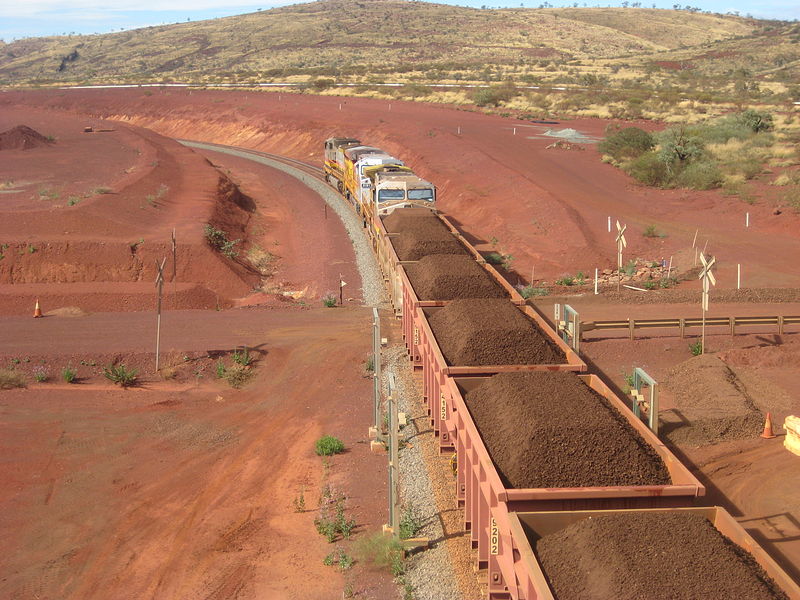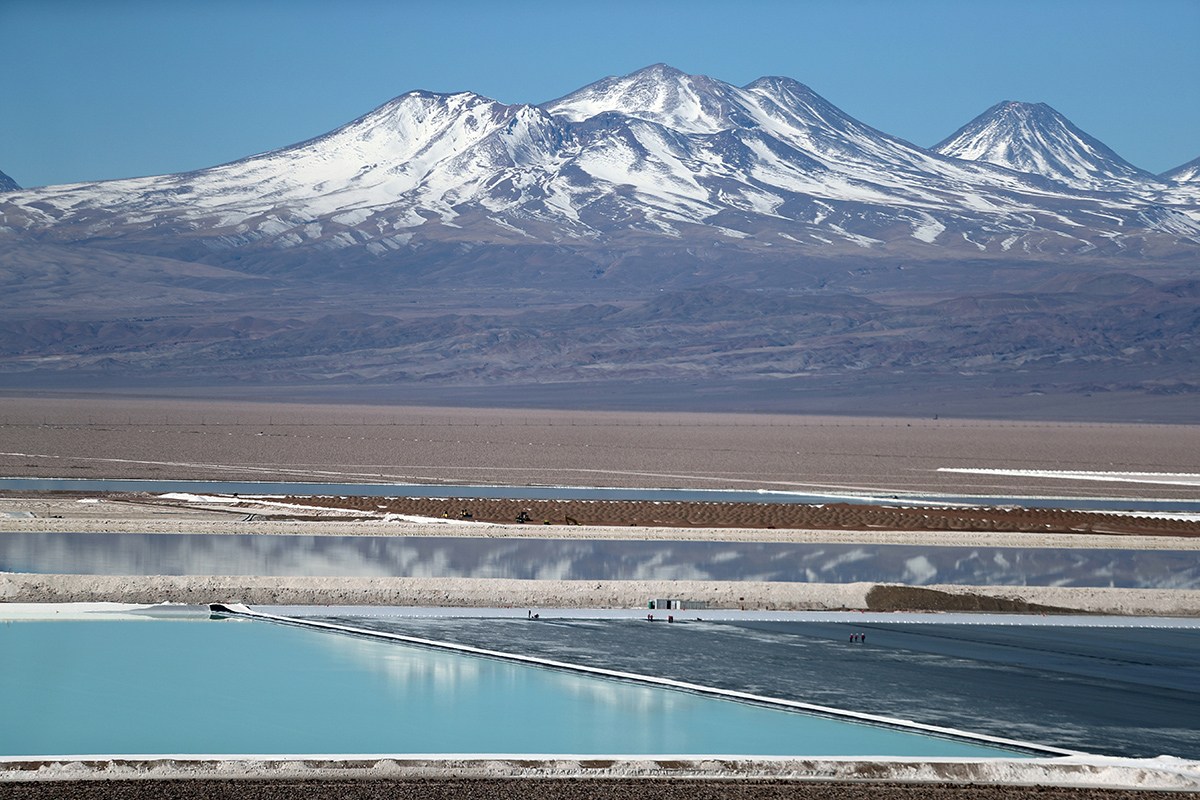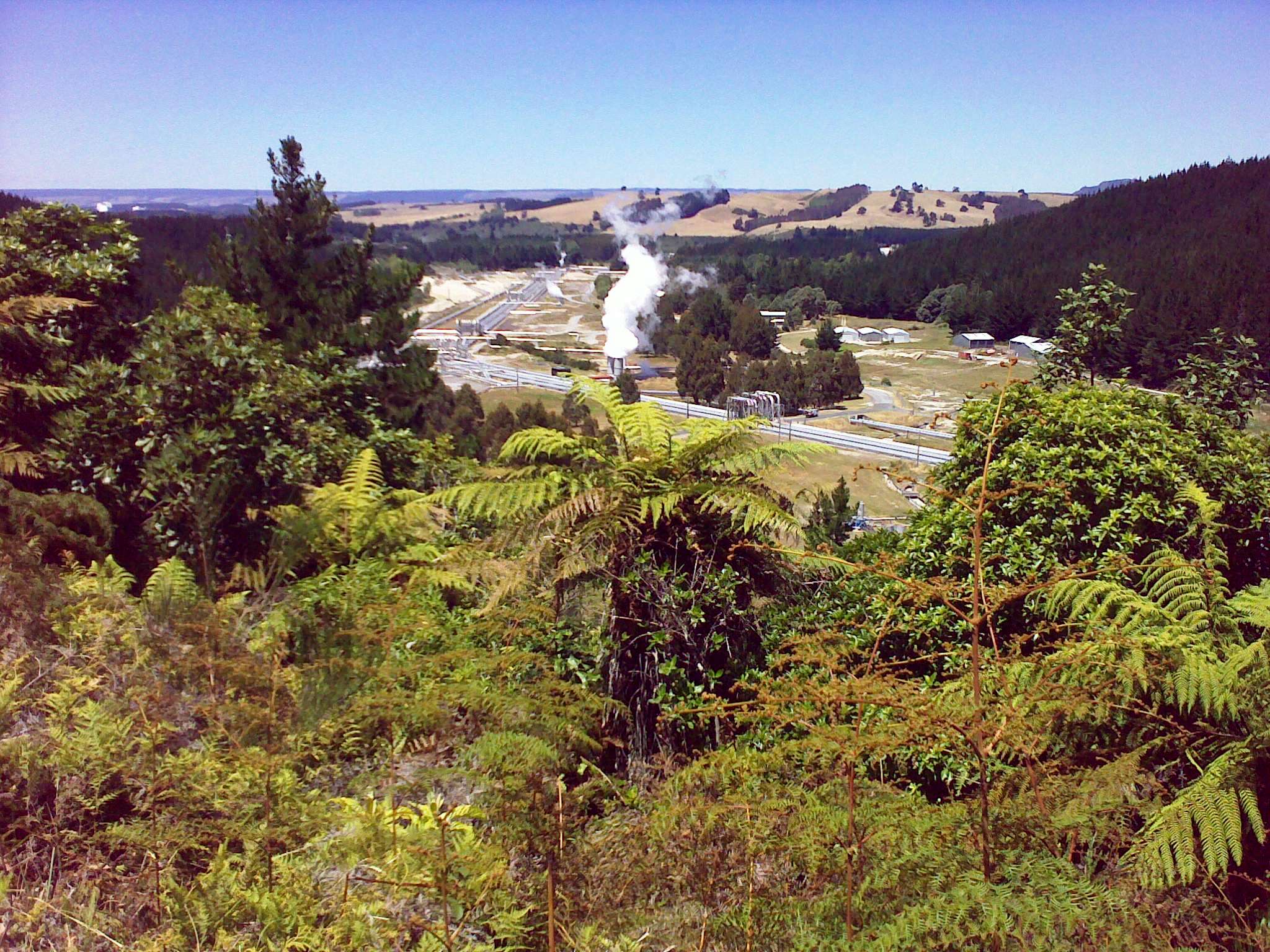Overview
The Côté Gold deposit is a world-class gold (± copper), low-grade (ca. 0.96 g/t Au) deposit in northern Ontario, Canada. The deposit formed at the same time as an associated intrusive body. Mineralization occurs as a complex system of veins and as disseminated ore. After its recent discovery in 2010, mining operation at the Côté Gold deposit is expected to start in 2023.
Introduction
The Côté Gold Project is located in northern Ontario, approximately 130 km southwest of Timmins (Figure 1). The project is a 70/30 joint venture between the Canada-based IAMGOLD Corp. (TSX:IMG, NYSE:IAG) and the Japan-based Sumitomo Metal Mining Co. Ltd. (OTCPK:SMM). The project recently received all permits and approvals to start full development and is currently under construction. The open pit mine, operated by IAMGOLD, has a life of mine of 18 years and is expected to enter into commercial production in the second half of 2023. The rather modern operation will be mined by a set of autonomous haul trucks and drills, together with manually operated shovels and other equipment.
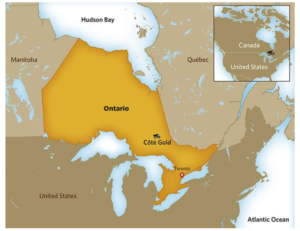
Exploration activities in the deposit area have been conducted by several companies and government agencies since the early 1900s. Following its discovery in 2010, substantial diamond drilling programs were conducted to better delineate the Côté Gold deposit. As of February 2020, proven and probable reserves for the deposit estimated 7.3 Moz of contained gold at an average grade of 0.98 g/t Au. In tandem with inferred resources of 3.8 Moz, the Côté Gold Project totals 10.2 Moz of gold, one of the most substantial assets in Canada.
Geological Setting
The Côté Gold Project is located in the Swayze greenstone belt, in the southwestern area of the Abitibi greenstone belt (Figure 2). The Swayze greenstone belt is composed of intrusive and extrusive igneous rocks, and sedimentary rocks that show an age range of 2750 to 2675 Ma. The Abitibi greenstone belt is part of the Canadian Shield, a vast exposure of ancient igneous and metamorphic rocks. These rocks are the geologic core of the North American continent and contain substantial ore deposits. The so-called Abitibi Gold Belt is home to over 100 mines, including the Côté Gold Project.
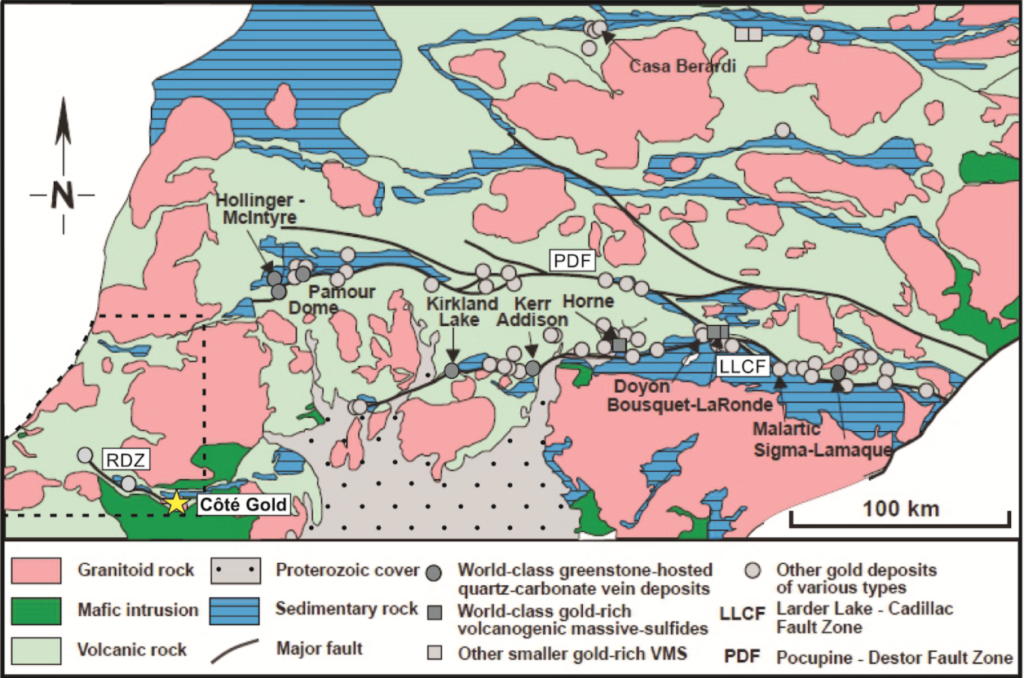
Greenstone belts are old volcano-sedimentary basins that are intrinsically associated with granitic intrusions and have been metamorphosed. These terranes are known to host large gold deposits. However, the exact source of gold continues to be a matter of contention. Some theorize that ore-forming fluids were derived from nearby intrusions. In contrast, others believe they originated from the dehydration of the rocks during metamorphism.
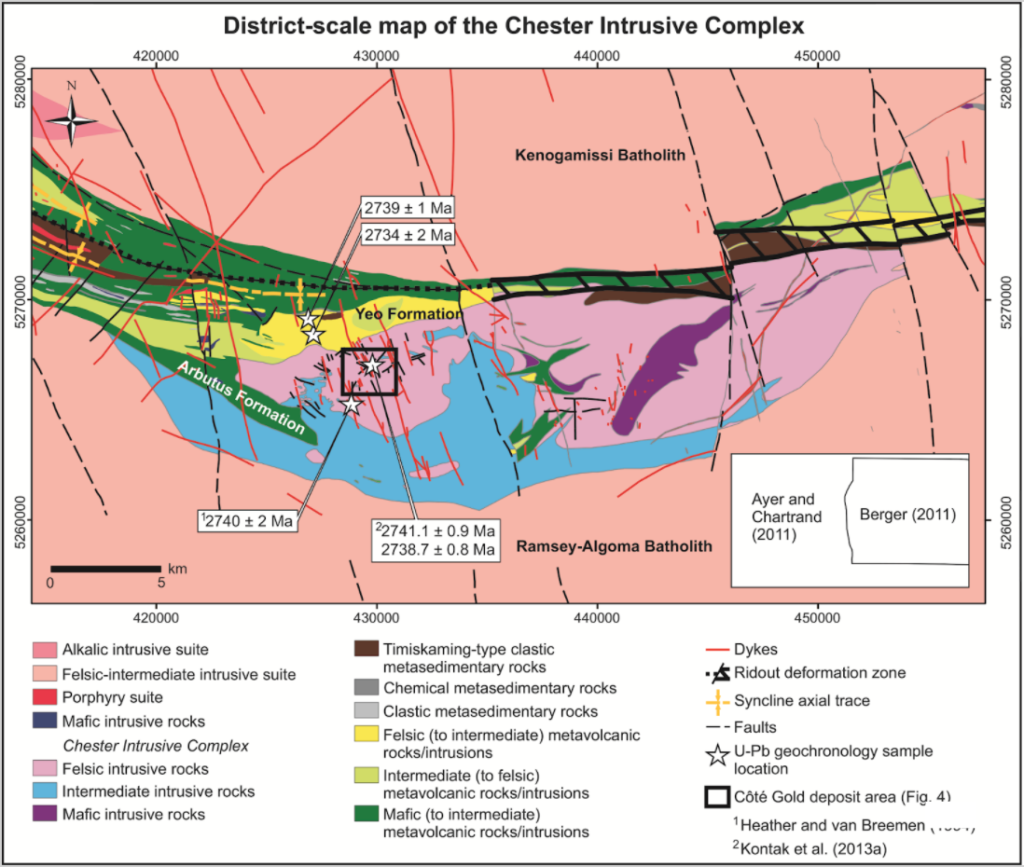
The Côté Gold deposit’s geology is dominated by tonalite with minor diorite, and hydrothermal breccia bodies (Figure 3). Tonalite and diorite are both intrusive igneous rocks with distinct amounts of their main components, e.g. feldspar and quartz. Breccias are rocks that are made up of broken rock and mineral fragments cemented by a fine-grained matrix. Hydrothermal breccias form when hot fluids enter a crack or fault and break the surrounding rocks into pieces. This process is common in intrusion-related ore deposits.
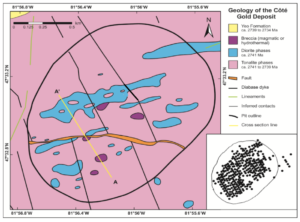
The Côté Gold deposit is part of the Chester Intrusive Complex (CIC)–a tonalite-diorite laccolith with localized mafic volcanic rocks (Figure 4). The term laccolith refers to a sheet-like igneous intrusion within or between layers of sedimentary rock. The dioritic and tonalitic magmas that formed the CIC were rich in Ca-Na plagioclase, quartz, and mafic accessory minerals like hornblende and amphibole. The emplacement of these intrusions was followed by a magmatic-hydrothermal breccia event, and episodic formation of gold-bearing veins. Regional deformation (2677-2643 Ma) post-dates the sheeted veins and ore mineralogy.
Mineralization
Gold mineralization in the Côté deposit occurs: (i) within magmatic-hydrothermal breccia bodies, (ii) as veins (sheeted vein and stockwork1), and (iii) as disseminated ore-bearing sulfide minerals in tonalitic and dioritic rocks (Figure 5). Mineralization in the breccia’s hydrothermal matrix is the most important style of gold-copper mineralization in the Côté deposit. Minor gold mineralization also developed in adjacent tonalite and diorite intrusions.
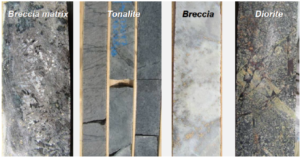
Ore fluids at the Côté Gold deposit formed during three main alteration stages: (i) amphibole-rich veins and breccias, (ii) pervasive biotite-rich breccia and associated stockwork, veins, and disseminated sulfides, and (iii) fracture-filling muscovite alteration. The alteration mineralogy and zonation in the Côté Gold deposit is similar to alteration and zonation present in Phanerozoic2 porphyry systems. There are additional similarities between the Côté Gold deposit and porphyry systems: the temporal and spatial relationship between host rocks (2739-2741 Ma) and gold mineralization (2740 Ma), involvement of shallow intrusions, and the presence of magnetite-rich hydrothermal breccia. With these features in mind, geologists initially interpreted the deposit as a porphyry. However, the Archean age of the Côté Gold deposit challenges the timing typically seen in porphyry models. Currently, the Côté Gold deposit is interpreted to be an intrusion-related deposit, i.e. the deposit formed at the same time as the associated intrusive body.
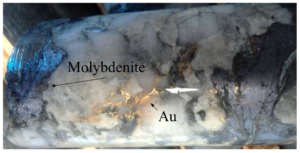
Implications for Mineral Exploration Worldwide
The mining district’s exploration potential is endorsed by the recent discovery of Gosselin and Young Shannon (3-5 Moz at 0.7-1.2 g/t Au) prospects, located less than 2 km from Côté Gold deposit.
The identification of a new metallogenic event at ca. 2740 Ma in the Abitibi suggests intrusive complexes of similar ages may have the potential for gold mineralization. Other well-known Archean Au-Cu systems include the Troilus deposit, in Québec, owned by the Canada-based Troilus Gold Corp. (TSE:TLG), and the Boddington mine, in Western Australia, owned by Newmont Corporation (NYSE:NEM).
Conclusions
The Archean intrusion-related gold (± copper) Côté Gold deposit is the first large gold deposit discovered in the Swayze greenstone belt and reveals a new gold mineralization event in the gold-rich Abitibi Greenstone Belt. Gold mineralization in the Côté Gold deposit includes gold-pyrite-chalcopyrite-molybdenite disseminated in breccia/stockwork and sheeted veins in hydrothermally altered intrusive host rocks (Figure 6).
Further reading
Katz, L.R., Kontak, D.J., Dubé, D., McNicoll, V., 2017. The geology, petrology, and geochronology of the Archean Côté Gold large-tonnage, low-grade intrusion-related Au(–Cu) deposit, Swayze greenstone belt, Ontario, Canada. Canadian Journal of Earth Sciences; 54 (2): 173–202. doi: https://doi.org/10.1139/cjes-2016-0007
List of companies mentioned
– IAMGOLD Corp. (website)
– Sumitomo Metal Mining Co. Ltd. (website)
– Troilus Gold Corp. (website)
– Newmont Corporation (website)
Terminology
1stockwork: complex system of structurally controlled or randomly oriented veins.
2 Phanerozoic: from 541 to 2 million years ago.

